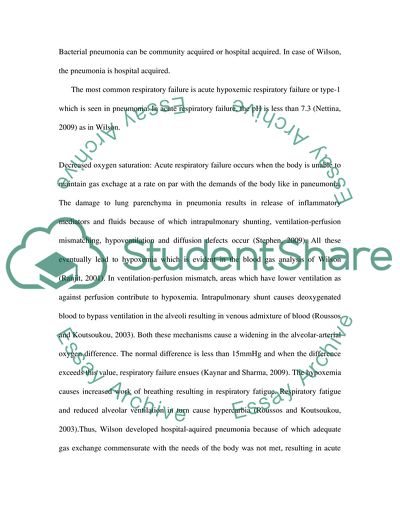Cite this document
(“Respiratory failure Case Study Example | Topics and Well Written Essays - 1750 words”, n.d.)
Retrieved from https://studentshare.org/nursing/1563294-case-study-based-assignment-nursingmedical-case-study-using-medical-terminology
Retrieved from https://studentshare.org/nursing/1563294-case-study-based-assignment-nursingmedical-case-study-using-medical-terminology
(Respiratory Failure Case Study Example | Topics and Well Written Essays - 1750 Words)
https://studentshare.org/nursing/1563294-case-study-based-assignment-nursingmedical-case-study-using-medical-terminology.
https://studentshare.org/nursing/1563294-case-study-based-assignment-nursingmedical-case-study-using-medical-terminology.
“Respiratory Failure Case Study Example | Topics and Well Written Essays - 1750 Words”, n.d. https://studentshare.org/nursing/1563294-case-study-based-assignment-nursingmedical-case-study-using-medical-terminology.


